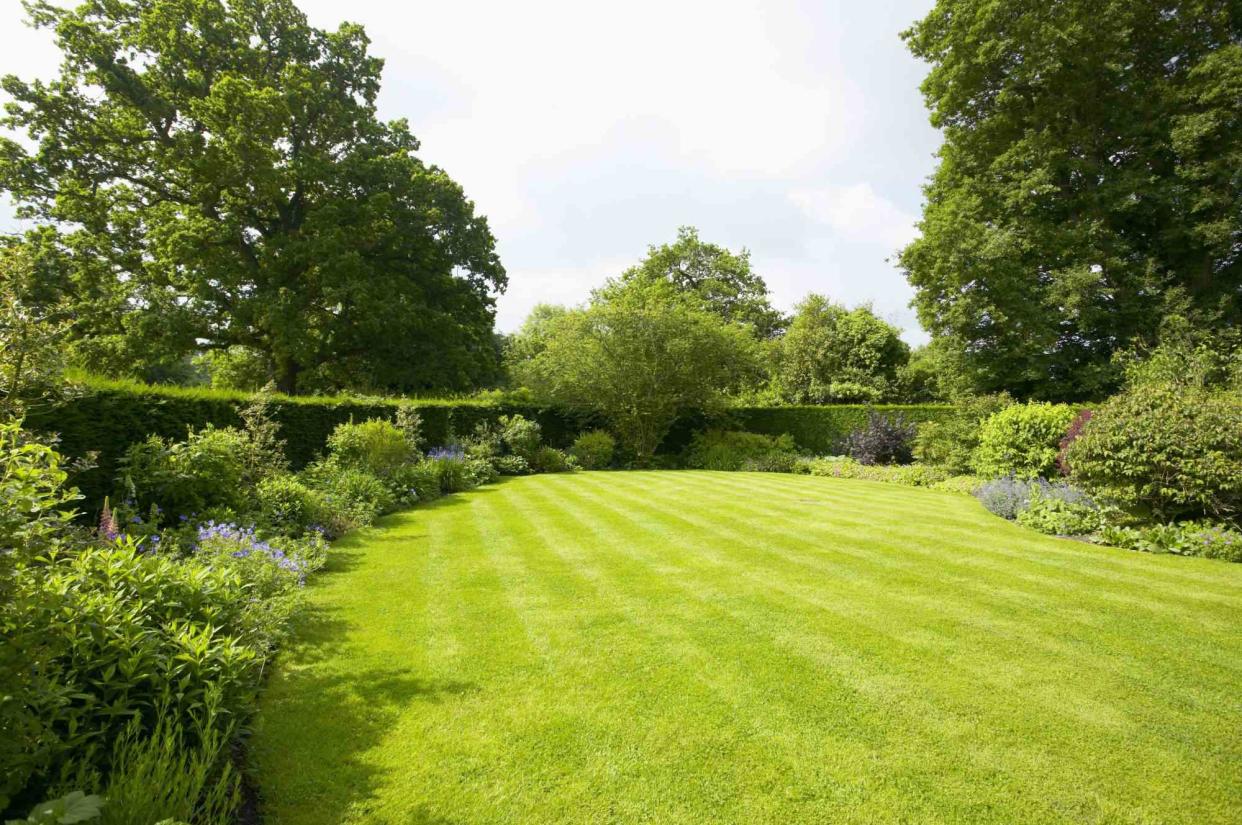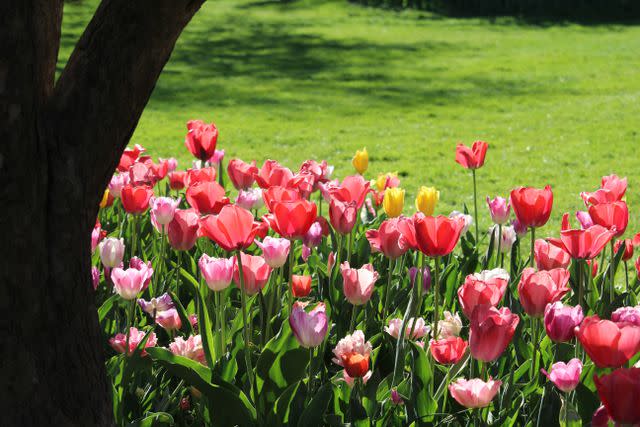Let’s Talk Low-Maintenance Grass

About This Episode
In the first episode of Season 2, the Grumpy Gardener answers a reader’s question about Buffalo Grass. Plus, Grumpy’s gripe of the week that new gardeners will appreciate.
Question Of The Week
My hubs is trying to grow a low-maintenance lawn here, 30 miles north of Atlanta, and is excited about something called buffalo grass. I love my trees, so the spot is partially shaded.What are your thoughts? Is all the hype he heard just, um, buffalo chips? Angie.
Grumpy's Answer
Buffalo grass is a prairie grass and they typically grow farther out west, you see it in Texas and Oklahoma, and it's a grass that needs little care and very little water. And because of that, people think of it as a no-maintenance grass or low-maintenance grass, they wanna know if they can plant it in other places. I would say Atlanta and the East Coast, especially places all up and down the East Coast where it gets a good bit of rain. Buffalo grass is not the grass for you. You have to start it from seed, the seed germinates really, really slowly, it comes up here and there, it takes a long time to establish the lawn, and in the meantime, you've got all these weeds coming up wherever the buffalo grass isn't. So, I'd say leave the buffalo for the buffalo out on in Rome, Georgia and Atlanta. You'd be much better off with one of the grasses that's very well-adapted to this area, and that would be zoysia grass. Zoysia is very drought-tolerant, it's wear-tolerant, it grows so thick that weeds can't come up in it and it's widely available in the southeast. And the way to start a zoysia grass lawn, you can't start it from seed, there is no zoysia seed, so it's always started as sod, and people think, "Wow, that's expensive," but what it does do is it gives you an instant lawn.
Related: The Best Types of Grass for Your Southern Lawn

Getty Images
Gripe Of The Week
What irritates me is when beginner gardeners get confused because they're not given enough information. And so, this one has to do with bulb catalogs that come out, and sometimes they'll say, "This is fall bulbs," or they'll say it's spring bulbs, and so it raises a question in your mind: "Spring bulbs, does that mean I plant them in spring? Or does that mean that they bloom in spring?" And the same thing with fall bulbs and summer bulbs.
What it means is, when it says spring bulbs, those are the ones like daffodils and tulips and hyacinths and things like that, and you plant those in fall and they bloom in the spring. Now, that's in contrast to what we might call summer or fall bulbs. Some of them aren't hardy, so they won't survive a winter in the ground, so the natural time to plant them is in spring and they'll bloom in summer, and then there are some hardy bulbs as well and they all do their thing later on in the summertime. Examples of that would be things like caladiums, elephant ears, lilies, calla lilies.
When I say bulbs, I'm talking about bulbs and bulb-like plants because some of these grow from tubers, some of them grow from things called corms, but we always grow them, we treat them the same as bulbs. So, when it says spring bulbs, it means that's when they bloom and you plant them in the fall.
Related: 15 Bulbs To Plant This Fall For Beautiful Blooms Next Spring
About Ask Grumpy
Ask Grumpy is a podcast featuring Steve Bender, also known as Southern Living’s Grumpy Gardener. For more than 20 years, Grumpy has been sharing advice on what to grow, when to plant, and how to manage just about anything in your garden. Tune in for short episodes every Wednesday and Saturday as Grumpy answers reader questions, solves seasonal conundrums, and provides need-to-know advice for gardeners with his very Grumpy sense of humor. Be sure to follow Ask Grumpy on Apple Podcasts, Spotify, or wherever you listen so you don't miss an episode.
Editor’s Note: Please be mindful that this transcript does not go through our standard editorial process and may contain inaccuracies and grammatical errors.
For more Southern Living news, make sure to sign up for our newsletter!
Read the original article on Southern Living.

